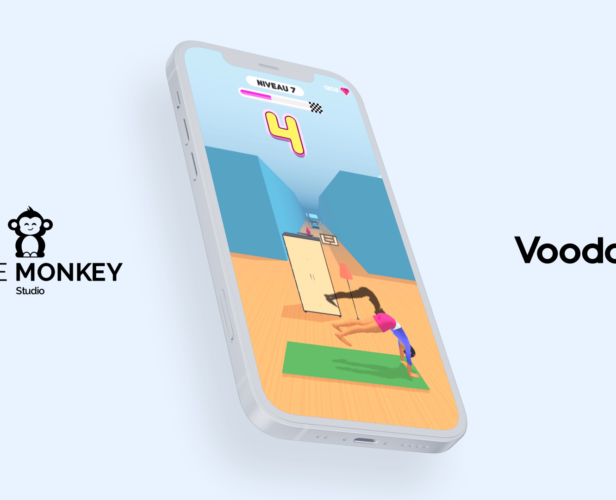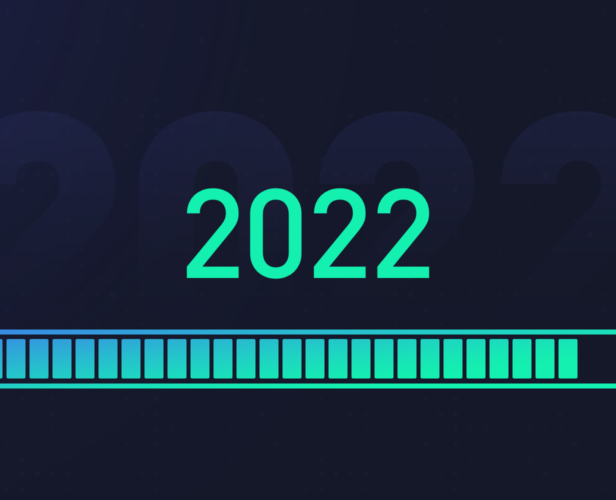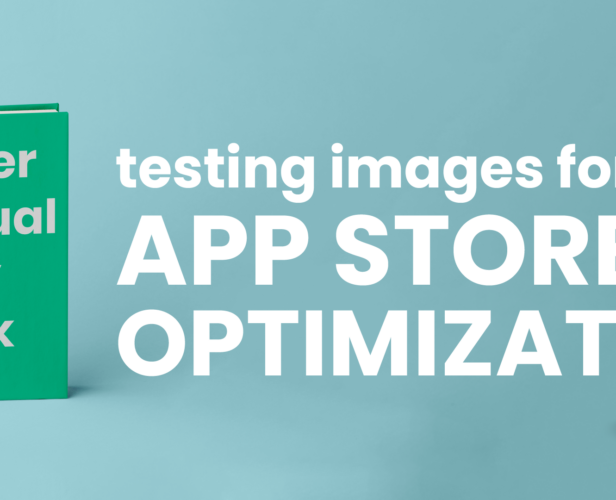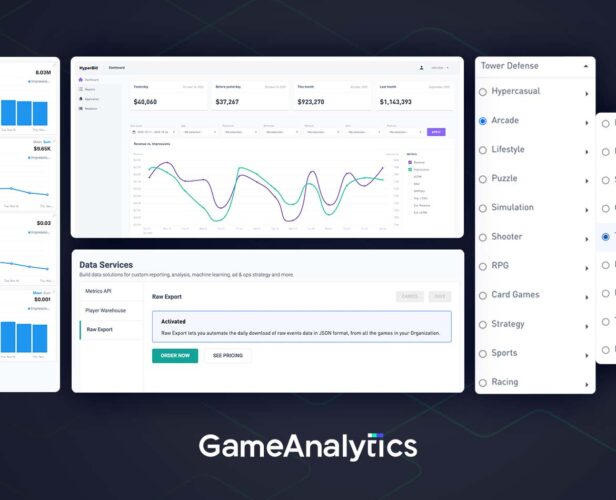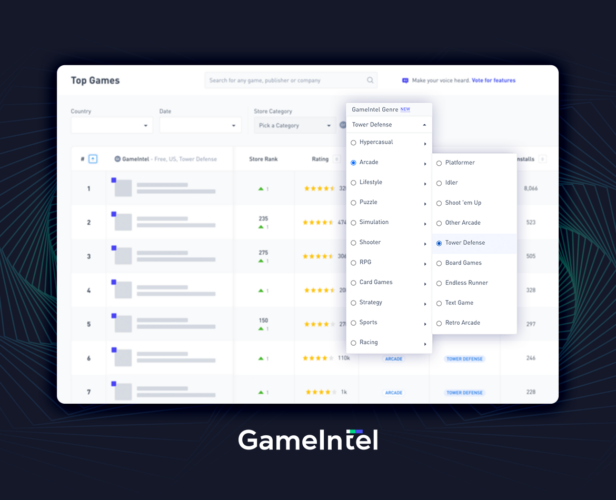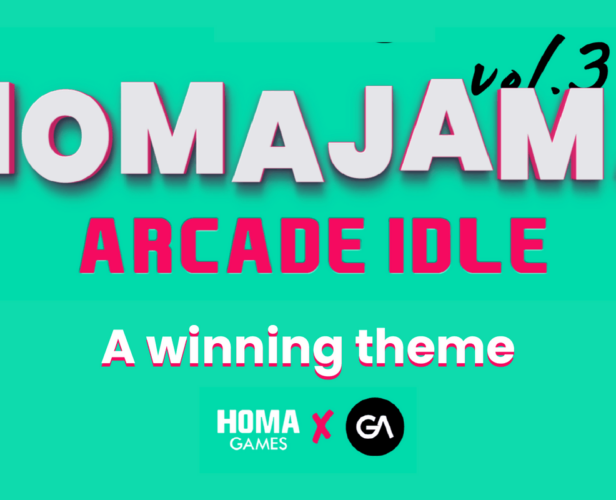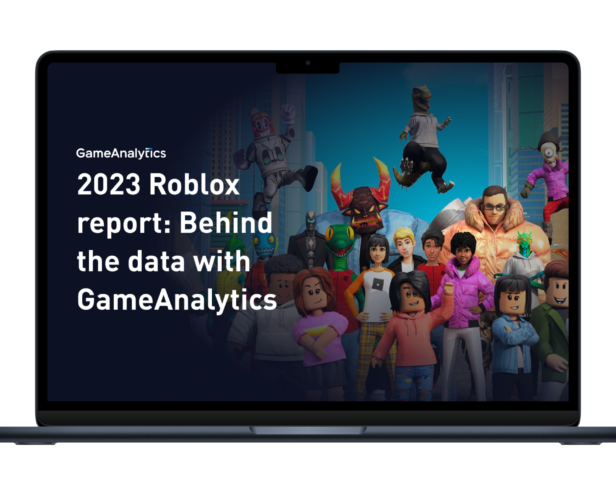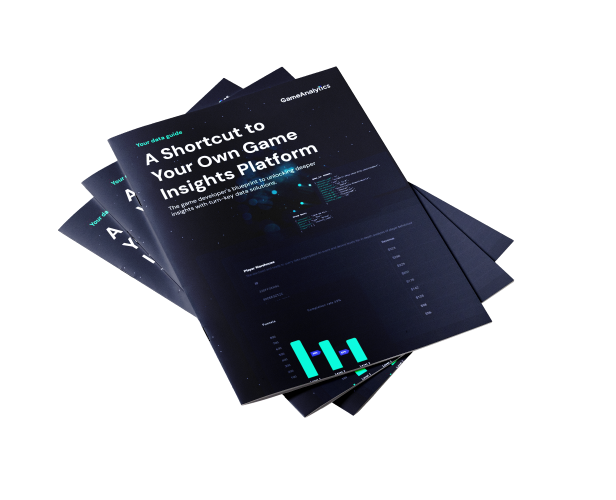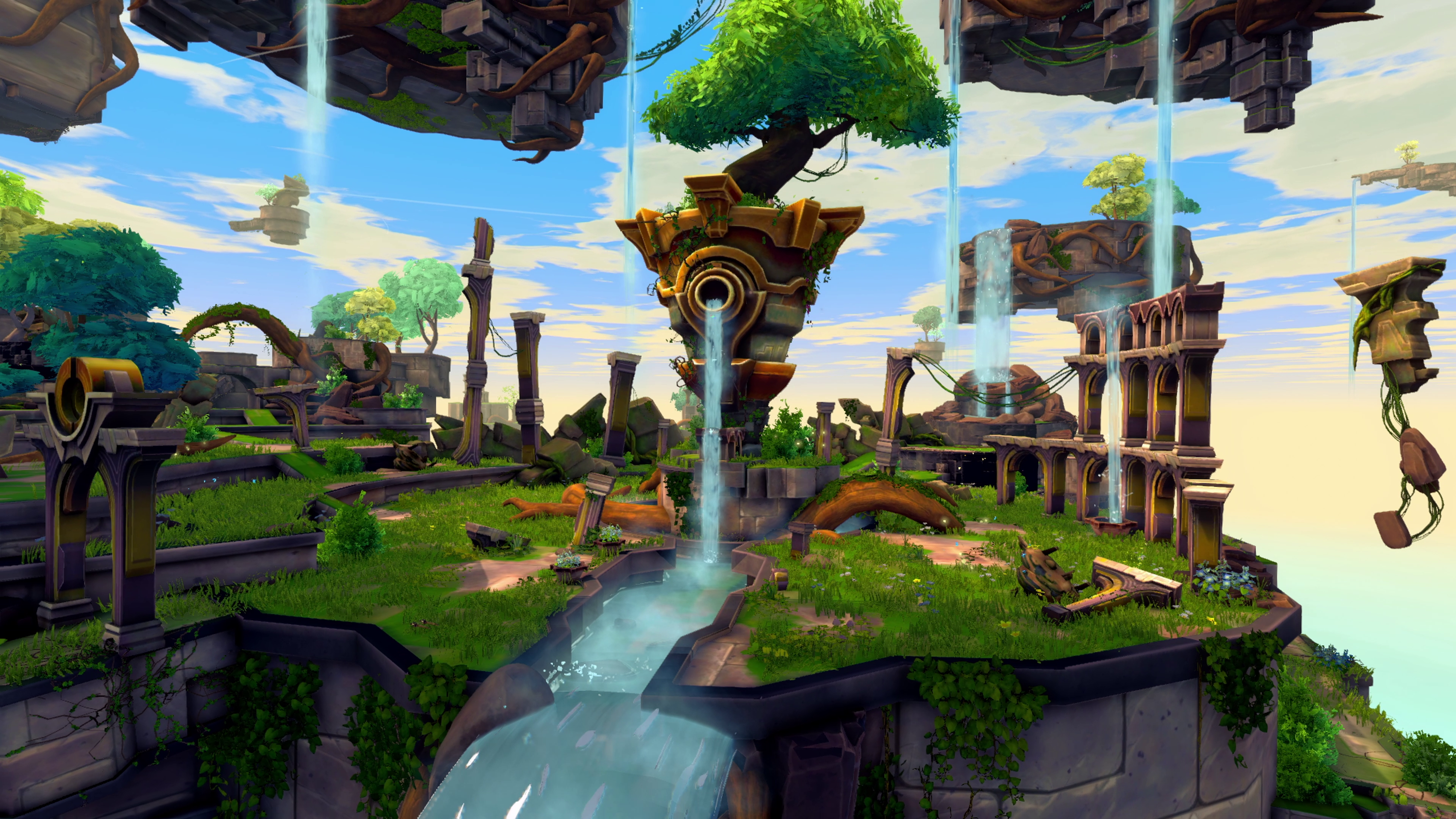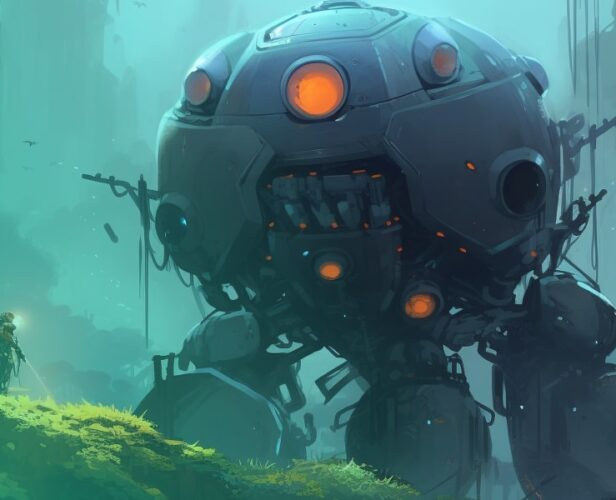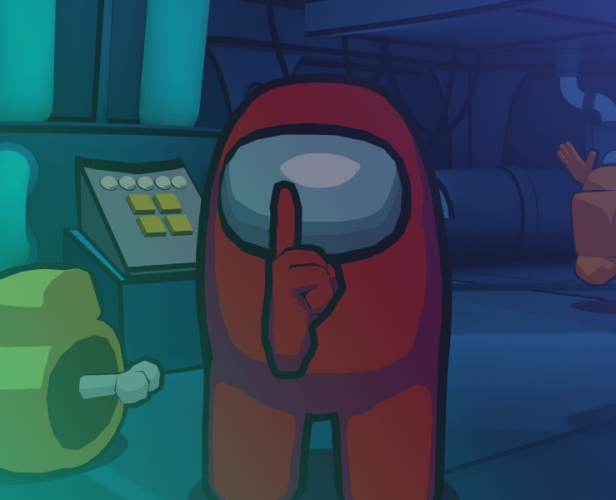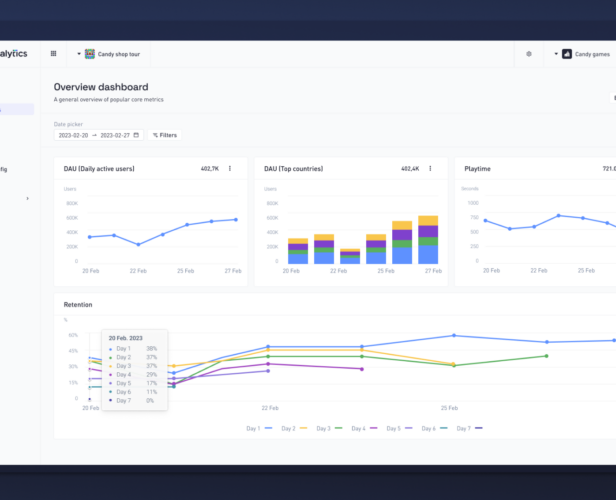Resources > All
Insights and tips about the games industry
Subscribe for gaming insights, industry reports and product updates delivered straight to your inbox.
#Ads & Monetization
How will monetization models change in 2022?
Editor’s note: This article was written by the clever minds at HyperBid. Hello there. I’m Ahmet, the business director here at HyperBid. Aside from the obvious ups and downs last year, we also had some big changes in how the monetization industry works. From new models improving revenue for developers to changes on how we can collect data. So I thought it’d be useful to summarise the four big changes we’ll see in 2022. 1. The waterfall model will take a step back There are two models you can use when selling the advertising space in your game. Either you use waterfall, which methodically runs through a set list defined by you, until you get an ad bid above your defined floor price. Or you can use in-app header bidding, where you programmatically scan through every bid for the best...
#Strategies
Our seven predictions for mobile gaming in 2022
The GameAnalytics crew dug out the crystal balls, consulted the oracles and tossed tea leaves all over the office. None of that helped and it was a pain to clean up, so we decided to ask our experts instead. So after a lot of thought, consideration, and a couple of debates, here’s what our team predicts will happen in 2022 for the mobile gaming industry. 1. Augmented reality games and technology will grow We’re going to see a surge of Augmented Reality (AR) games and technology in the next year. Over the last few years, AR has been simmering beneath the surface, getting ready to boil over into the mainstream. It’s clear that big things are on the horizon. The biggest player in AR, Niantic, was recently valued at $9 billion and raised $300 million in investment, which it says...
#Mechanics & Features
Flex Run 3D: how to make your first hit in nine months
Editor’s note: This article was originally published by the clever clogs at Voodoo. You can read the original version here. In December 2020, two young programming students called Harvey and Mathis founded Blue Monkey Studio. By September 2021, only nine months later, their first hit game had entered the charts. Flex Run 3D reached number 1 in the Android charts in 39 countries, including the US, and number 2 on iOS US. But what’s the story behind this super speedy success? How did they go from hyper-casual beginners to the top charts in just nine months? The two co-founders, Harvey and Mathis, joined us at the recent Voodoo Live event in Paris to reveal exactly how they managed to bag their first hit game in such little time. Read on to find out more about Flex Run 3D and their three key secrets to success....
#Tool & Product
2021 Roundup: What we’ve done, what we’re doing, and where we’re going
Over the last couple of years, we’ve released a new website, tools and features, completely new product lines. We’ve been building your toolkit to not only perfect your titles, but to scale and thrive in an ever competitive industry. So in this blog, we’re going to cover: A recap of all of the tools and products we’ve released. Our company structure and what’s new. And our plans for 2022. But before we move on, we want to say a massive thank you to all of our users and supporters, and give a shout out to the crew behind GameAnalytics. We’re lucky to have an excellent team in our cavalry, and a great community to listen to – your ongoing support and feedback has helped shape our tools and our business. Let’s get to it. A look back: What we’ve done...
#ASO
Homa Games’ Guide to App Store Optimization
Editor’s note: This article (and report) was written by the clever clogs at Home Games. You can read their original here. Game’s go through a lot of stages from ideation to executing and testing during the publishing cycle. But having a game published and up and running in the app stores is only the first step in making it accessible to the widest audience possible. For game creators, the app stores are the main point of contact with users, and they are the place where users will decide if a game is worth downloading or not. So, in order to put everything in your favor, you will need to make sure your game is presented in the best possible way, with its main features displayed and with images and wording fully optimized. That’s where app store optimization (ASO) comes into play. Every...
#Tool & Product
AdMob Integration, Raw Export and GameIntel Update
We’re coming to the end of the year, and what a year it has been. We’ll have a roundup blog coming out soon, but there’s still plenty to do and fill you in on before we start chatting about 2022. Recently, we’ve had a few major updates across all of our product lines. Here are the highlights: You can now analyze ad revenue from AdMob in your GameAnalytics account. We also added a new DataSuite to our product family, Raw Export. Ranking data for over 80 sub-genres is now available in GameIntel. So without wasting any more time with the intro’s, let’s dig into the main course. What’s new in GameAnalytics? We’ve created an integration with AdMob We partnered with Google’s AdMob to bring you Impression level revenue data (ILRD) from their network directly to your GameAnalytics tool. All to...
#Tool & Product
Ranking Data for Over 80 Sub-Genres Now Available in GameIntel
Line yourself up, recruit. You can now track ranking games across more types of charts than ever before; made up of an entire new division of 80+ sub-genres. Including everything from ‘Snipers’, ‘Tower Defense’ through to ‘Romance Games’. We have three main changes for you to get through today. In GameIntel, you can now: Filter the charts by over 80 sub-genres. Sort the ranks by specific metrics, like highest retention or longest playtime. Unlock this with our new Starter tier (only $99 a month). There’s a lot to explain here. So gear up and let’s get started. What’s new in GameIntel 1. Filter the charts by over 80 sub-genres In addition to the standard App Store categories (such as hyper-casual, RPG, and Sports), you can now explore aggregated GameIntel charts for more than 80 additional sub-genres (like Tower Defense, Snipers,...
#ASO
“Squid Game” Mobile Games: Who Made It Into The Charts?
Squid Game games turns Mobile Netflix released the new show, Squid Game, on September 17th 2021. Over 132 million people watched the show in the first 23 days of its release, with 4.4 million new people subscribing to the platform (presumably to see the series). It’s easily a new record for Netflix, overtaking Bridgertons number 1 spot. Netflix have even announced that they’re going to make their own “Squid Game” game, as an attempt to increase its popularity in regions like North America. Netflix aren’t the only ones reaping the benefits of this Korean Battle Royale style show. We’re being flooded with memes, halloween costumes, and merch around the hit, all across the globe. But more importantly, mobile games. We’ve seen hundreds of hyper-casual games enter the app stores, all inspired by the Squid Game theme. With the topic still...
#Marketing & Publishing
5 Reasons Game Devs Should Start Making Hyper-casual Games
Editor’s note: This article was originally crafted by TapNation. If you fancy reading the original, you can find it here. It’s no secret that creating a game can be pricey. Hiring a strong development team is just the start of your journey. Aside from the months (even years) of developing a game, when you start focusing on your marketing and ongoing user acquisition campaigns, the expenses and costs can pile on (before you’ve had a chance to make any revenue). Making it near impossible for smaller dev teams to enter the market. Hyper-casual is changing that. These games are turning into a developer’s stepping stone into kick-starting their career in the gaming industry. Without the need for large initial investments. And to get a better idea of how the hyper-casual genre can help game makers enter the professional world of...
#Tool & Product
Introducing Raw Export – A New DataSuite from GameAnalytics
Update: DataSuite features are now available in a single, affordable, bundle. Find out how to save on your data processing costs for games here. We’re all about the analytics (there’s a clue in our name), and using them to help you grow your games. And we’re always looking for ways to make data work even harder for you. So we’ve added a new service to our already-impressive roster – Raw Export. Here’s how it can help you turn your data into action. Dive even deeper With Raw Export you can automatically export all your games’ raw event data in JSON format, without any manual intervention. So every day it’ll ingest, preprocess, and deliver player data from your GameAnalytics account straight into your AWS S3 account. It even packages it into a neat and tidy compressed file containing unchanged raw events...
#Game Design
Run of Life: Ideation Tips for Creating Viral Games
Editor’s note: This article was originally written by the brilliant minds at Voodoo. They’ve agreed to share the story with us here, but head over to their blog if you want to see the original. Run of Life is the brand new hit game developed by Tarek Mongy, a solo-dev based in Cairo. Transforming the popular stacking trend into a super relatable concept, the team hit over 20 million views on TikTok, generating a huge number of organic installs even before the game was officially launched. We sat down with Tarek and Jill, Publishing Manager at Voodoo, to take a closer look at the game as well as their tips on how to come up with viral and mass-market ideas for your next prototype. Ideation Fundamentals Your ideation process is key to creating hot prototypes. The more you prototype, the more...
#Ads & Monetization
How to Monetize Your Game With a Backend – Part 2
A few weeks ago, we went over what backends are, what you can do with them, and what kinds of monetization strategies are possible when using a backend-as-a-service. This time, we want to take this topic a step further. Now, we’ll chat about everything else your backend can do, and how to get your monetization right. Let’s dive back in. Quick recap from our last blog You can check it out if you missed our last article (or just want to brush up on your reading). But here’s the TL;DR breakdown: Your backend can handle all kinds of monetization types, including: Hard and soft currencies. Cosmetics. Loot boxes. Upgrades. Season passes and battle passes. Subscriptions. Opt-in events. DLC. And your backend matters here. They provide the ecosystem that lets your monetization both function and thrive. We’ve gone into a lot...
#Marketing & Publishing
Arcade Idle HomaJam: A Winning Theme
Editor’s note: This article was written by our friends at Homa Games. We recently ran a game jam with them. And we’re thrilled to announce the winners and results below. Another game jam edition comes to an end as we announce the winners of our Arcade Idle HomaJam, and we have many! With the best quality submissions we have seen so far, this jam’s games reached outstanding metrics and presented the most promising ideas under the theme of Arcade Idle. Arcade Idle is a new subgenre that combines idle and adventure arcade’s main attributes with a chilled Hypercasual look and feel. Removing all complexity from resource mining games, but preserving its core ability to engage, this clever mix translates into hybrid games with medium/low CPI, but much stronger playtime metrics that can reach 30+ minutes. With games like Harvest It, Craft Island, and Farm Land,...
#Editor's pick
2023 Roblox report: Behind the data with GameAnalytics
Download a comprehensive report of Roblox player behavior and game performance based on GameAnalytics data from 2023. This report highlights critical benchmarks and insights to help Roblox creators optimize their games. What’s inside? Devices analysis Players’ daily session frequency Average revenue spent per user Session length and count benchmarks Retention benchmarks Revenue benchmarks
#Editor's pick
The Game Developer’s Handbook to Mastering Data Solutions
Data is the key to success in the ever-evolving landscape of game development. Explore this guide to transform your data into insights using our turn-key data solutions. What’s inside? Our comprehensive guide explores cost-saving strategies and real-world applications for advanced use cases. Learn how to seamlessly integrate data sources, unlock detailed player insights with Player Warehouse, access real-time data with Raw Export, and ensure data privacy compliance.
#Case study
Developing a #1 VR MMO: Ramen VR’s Journey with GameAnalytics
Discover how Ramen VR used data-driven game development to launch "Zenith: The Last City", which became the #1 bestselling game all major VR platforms—including Meta Quest/Rift, Steam and PlayStation VR.
#Editor's pick
Using AI to Supercharge Your Game Art Design
Discover how tweaking AI tool settings can help you generate varied art styles, produce better concepts, and speed up the process from prototype to final design. With AI on your team, creating unique game art has never been easier or faster.
#Editor's pick
Event Design & Tracking Guide for GameAnalytics
Learn how to create an adaptable tracking plan, enabling you to unlock richer insights and maximize the value of your data within GameAnalytics.
#Editor's pick
From Zero to Hero: Tracking Key Success Pillars in Gaming
Our COO, Allison, recently joined Mobvista for the first episode of their "From Zero to Hero" video series. Watch the video today for a detailed overview into tracking three essential pillars of gaming success: Acquisition, Engagement, and Monetization.
#Editor's pick
How studios use DataSuite to find hit games
Learn how successful publishers evaluate hundreds of games per month, to find the next hit game.
#Editor's pick
Among Us VR dev talks about how to create immersive worlds
VR is all about immersion. It’s about allowing players to lose themselves in more than just a game, but a new world. You have to build VR experiences the right way to make this happen. This goal is always top-of-mind for Schell Games. In this interview, we spoke to Schell Games’ Vice President of Product, Charlie Amis, to learn their story. “For VR, you want to make the player feel like they’re actually in the world you’ve created. This isn’t as true or a high priority in PC and console games. If people start to lose that sense of presence and immersion, then a lot of the reason they put the headset on is hurt. They want to go to another world or be someone new. So you need to help them feel like they’re really there and really that...
#Editor's pick
GameAnalytics H1 Update: New Product Improvements!
It’s been a busy time since February, when the largest update in GameAnalytics history was launched. Read on for more information about what’s changed recently, and new functionality coming to the platform very soon.
#Case study
How TapNation uses DataSuite to increase the LTV of 19 hit games by 50% in only 6 months
Smashing obstacles with Giant Rush While they’ve seen huge improvements using DataSuite across their portfolio, one game stands out in particular: Giant Rush. (And not just because the character is huge.) The title has now reached over 140 million downloads. And, through a series of A/B tests and insights from the data they collected, they’ve been able to increase the LTV by a whopping 200% over six months for this specific title. “It’s because we A/B test every day,” Philippe Grazina from TapNation says. “We ask questions like: When are players leaving the game? For example, the boss in Giant Rush. If we spot that they’re leaving at the same point every time, we know we need to make a change. Small details like that really help.” Through these granular insights, TapNation can iterate and improve on their game step...
#Editor's pick
How to Build a Data Warehouse for Games from Scratch
Over our last couple of blogs around data warehouses, we’ve explained how they let you analyze data from across your portfolio and look at what insights you can gather from them. Now, we’ll dive into how to build a data warehouse. What steps do you need to take and what resources will you need? To figure this out, we’ve rounded up the costs, steps, and tools we think you’ll need to get started. Please note, that we haven’t included the cost of running an engineering department (which you’ll need), which can end up being a lot of $$$. What do I need to get started? Before you start, you’ll need to ensure you have the right people. You’ll likely need a software or data engineer, and perhaps an architect or DevOps engineer. You’ll also need to budget for tools like...



